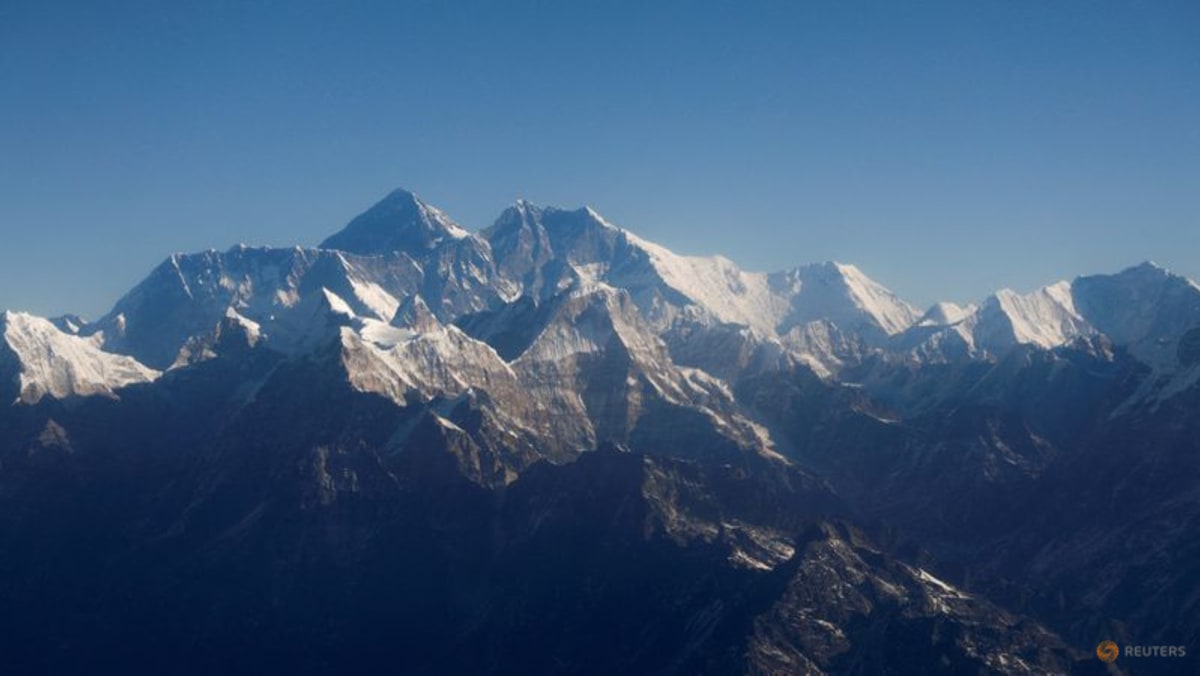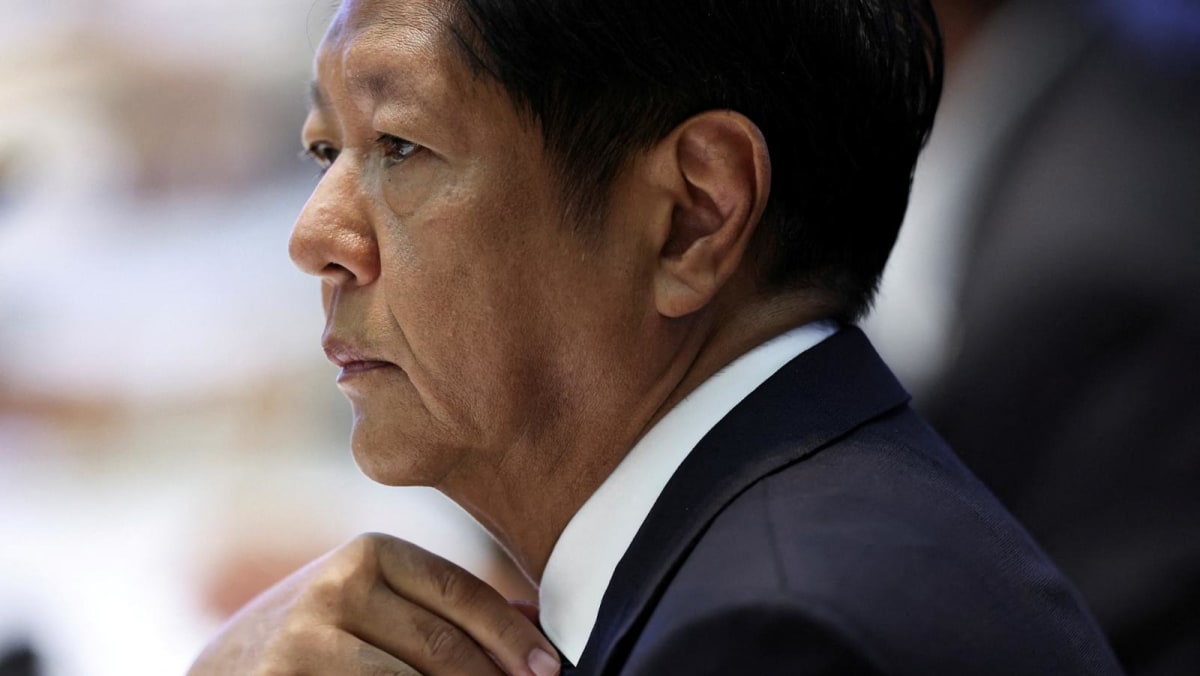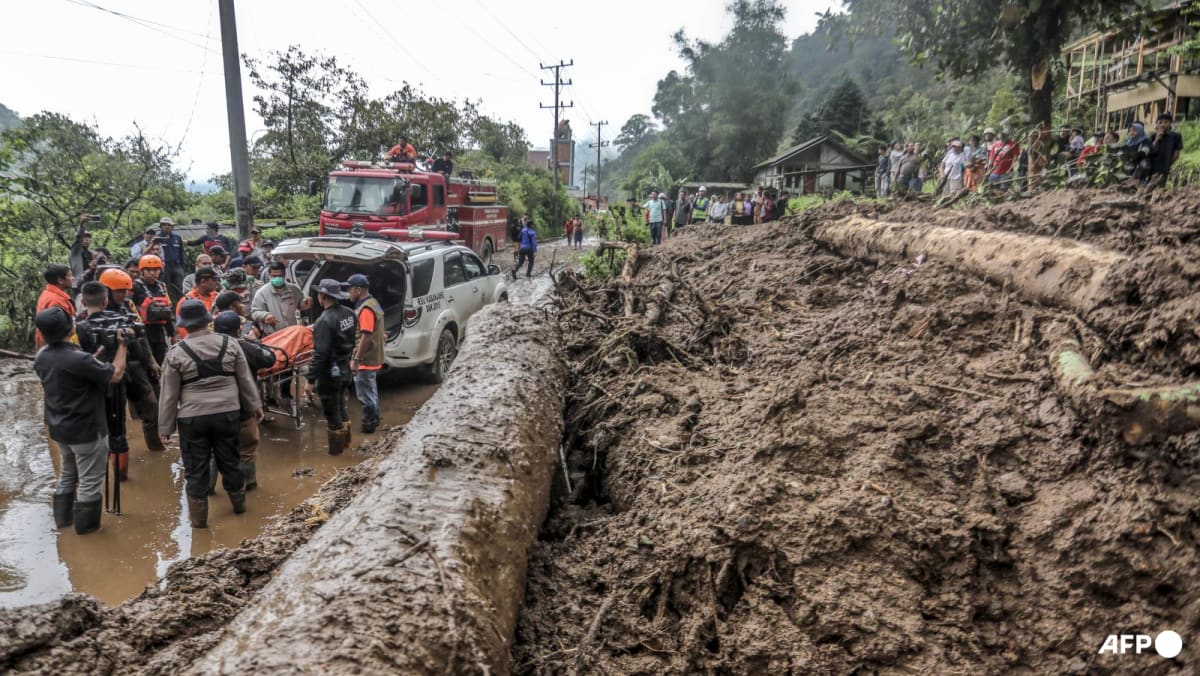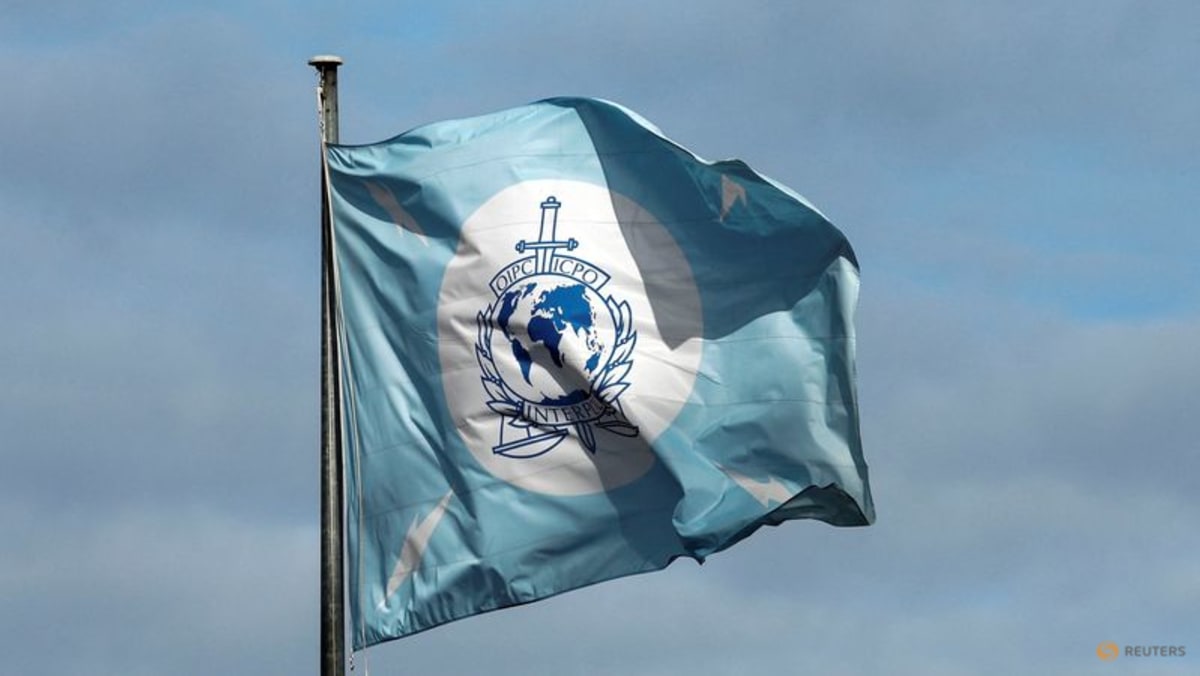‘Because it’s there’: The enduring appeal of Everest

Is risk changing with the changing climate?
Everest has always been dangerous, with more than 300 people killed since climbing began, according to the Himalayan Database.
In 2014, an immense, tumbling wall of snow, ice and rock killed 16 Nepali guides on the Khumbu Icefall in one of the deadliest accidents on the Himalayas.
This season began on a tragic note, with the death of three Nepali guides on the same treacherous formation after a chunk of falling glacial ice swept them into a deep crevasse.
Although no extensive research has been done into climate change and mountaineering risks in the Himalayas, climbers have reported widening crevasses, running water on previously snowy slopes and increasing formation of glacial lakes.
A 2019 study warned that Himalayan glaciers were melting twice as fast as in the last century.
“I would say the variability of the dangerousness is increasing. In the long term warmer temperatures make mountains unstable and that increases risk for gravity-related processes like rock fall, ice fall, avalanches,” said Lukas Furtenbach of Everest operator Furtenbach Adventures.
What about overcrowding?
Experts say a major risk factor is also the sheer number of climbers – and that some of them are ill-prepared thrill-seekers.
In 2019, a massive traffic jam on Everest forced teams to wait hours in freezing temperatures, lowering depleted oxygen levels that can lead to sickness and exhaustion.
At least four of the 11 deaths that year were blamed on overcrowding.
Nepal has already issued 466 permits to foreign climbers, and since most will need a guide, more than 900 people will try and summit this season, which runs until early June.
This could once again result in heavy traffic and bottlenecks en route to the summit, especially if there is a shorter climbing window because of unfavourable weather.
How is the role of Nepalis changing?
Nepali guides – usually ethnic Sherpas from nearby valleys – are the backbone of the multimillion-dollar industry, bearing huge risks to carry equipment and food, fix ropes and repair ladders.
Long under the shadow of the foreign climbers they support, Nepali mountaineers are slowly being recognised in their own right.
The top records on Himalayan peaks are held by Nepalis – shining a much-deserved spotlight on their own climbing prowess.
“In the beginning, Nepalis climbed for survival but this is changing as the next generation gains experience and education,” said Ang Tshering Sherpa, former president of the Nepal Mountaineering Association.
Source: CNA















